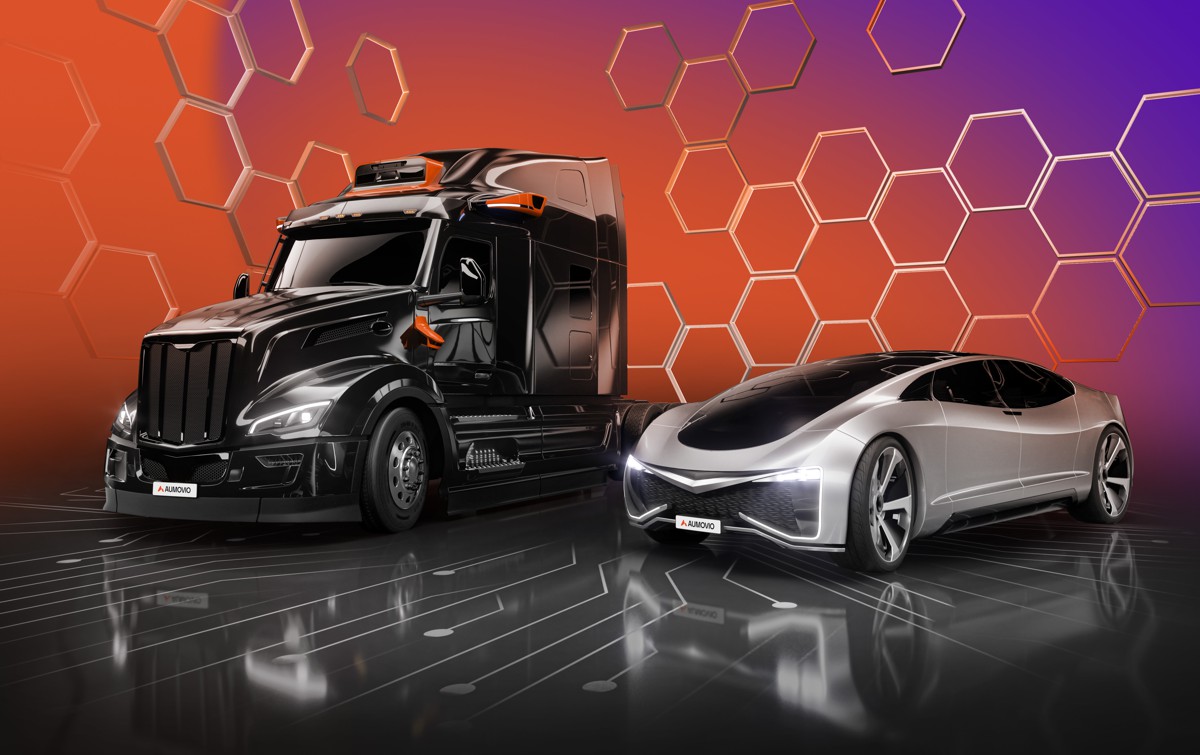Revolutionary Structural Batteries are the Future for Lightweight Vehicles
Imagine a world where cars, planes, and even your smartphone are lighter, more efficient, and incredibly powerful—all thanks to a single, game-changing innovation: the structural battery.
Researchers at Chalmers University of Technology in Sweden have developed the world’s strongest structural battery, integrating energy storage directly into the construction materials of devices and vehicles. This breakthrough could drastically reduce the weight of products, cut energy consumption, and revolutionise the way we think about power.
A Battery That’s Also a Building Block
The concept behind the structural battery is as ingenious as it is transformative. Unlike traditional batteries that merely store energy, structural batteries double as load-bearing components, functioning much like a skeleton in the human body. By integrating the battery directly into the material of the device or vehicle, the need for separate power sources is eliminated, paving the way for significantly lighter and more energy-efficient designs.
Lead researcher Richa Chaudhary, from Chalmers University of Technology, highlights the dual benefits: “We have succeeded in creating a battery made of carbon fibre composite that is as stiff as aluminium and energy-dense enough to be used commercially. Just like a human skeleton, the battery has several functions at the same time.” This multifunctionality means that not only does the battery store energy, but it also supports structural loads, drastically reducing the overall weight.
Redefining Energy Storage: From Laptops to Electric Cars
The potential applications for this technology are vast. Imagine laptops that weigh half as much, smartphones that are as thin as a credit card, and electric cars with a 70% longer driving range on a single charge. All of this becomes possible with structural batteries, which fundamentally alter the design and performance of everyday devices.
Research into structural batteries has been ongoing at Chalmers for several years, with early studies in collaboration with KTH Royal Institute of Technology in Stockholm. The team, led by Professor Leif Asp, first made headlines in 2018 when they demonstrated that carbon fibres could store electrical energy, a discovery recognised as one of the year’s top ten breakthroughs by Physics World. Since then, their work has evolved, and the latest version of the structural battery boasts an energy density of 30 Wh/kg—still below traditional lithium-ion batteries but with a crucial difference: the battery itself is part of the device’s structure.
Asp explains the implications: “Investing in light and energy-efficient vehicles is a matter of course if we are to economise on energy and think about future generations. We have made calculations on electric cars that show they could drive for up to 70 percent longer than today if they had competitive structural batteries.”
Strength Meets Energy Storage: The Engineering Behind It
Creating a battery that can also serve as a structural component is no small feat, especially when vehicles must meet stringent safety standards. The latest iteration of Chalmers’ structural battery has improved not just in energy density but also in stiffness, achieving an elastic modulus of 70 gigapascals (GPa), comparable to aluminium. This combination of strength and functionality is critical for applications in automotive and aerospace industries, where weight reduction and structural integrity are paramount.
In terms of multifunctional properties, Asp notes: “The new battery is twice as good as its predecessor—and actually the best ever made in the world.” This remarkable performance is achieved through the use of carbon fibre as both the positive and negative electrodes, with the positive electrode coated in lithium iron phosphate. The carbon fibre plays multiple roles, acting as a reinforcement, electrical collector, and scaffolding for lithium ions, all while conducting the electron current.
Bridging the Gap Between Lab and Market
While the potential of structural batteries is clear, there’s still work to be done before they become a commercial reality. Scaling up from laboratory production to mass manufacturing will require significant engineering efforts and investment. However, the researchers are optimistic, having strengthened ties with the market through the formation of Sinonus AB, a Chalmers Venture company based in Borås, Sweden, dedicated to bringing this technology to life.
Professor Asp envisions the initial applications in consumer electronics, where the benefits of reduced weight and increased energy efficiency are immediately tangible. “One can imagine that credit card-thin mobile phones or laptops that weigh half as much as today are the closest in time. It could also be that components such as electronics in cars or planes are powered by structural batteries,” he says, highlighting the broad scope of potential uses.
The path to commercialisation isn’t without challenges, but the interest from the automotive and aerospace sectors is a promising sign that structural batteries could soon move from concept to reality.
The Road Ahead: Structural Batteries in Everyday Use
As the demand for lightweight and energy-efficient solutions continues to grow, structural batteries offer a compelling answer. Their ability to combine energy storage with structural strength could redefine how we design everything from consumer gadgets to vehicles, leading to products that are not only more efficient but also more sustainable.
The research, published in the journal Advanced Materials, outlines the latest advancements in structural battery technology, which include replacing traditional current collectors with carbon fibre, thus eliminating the need for heavy metals like copper and aluminium. This not only reduces the overall weight but also avoids the use of conflict materials such as cobalt or manganese, making the technology even more environmentally friendly.
Funded by the Wallenberg Initiative Materials Science for Sustainability (WISE) programme, this work is pushing the boundaries of what’s possible in energy storage. The semi-solid electrolyte used in the battery design also enhances safety by reducing the risk of fire—a critical factor as industries look to replace conventional batteries with safer alternatives.
A New Standard for Sustainable Energy Solutions
Chalmers University of Technology’s pioneering work on structural batteries is more than just an academic achievement—it’s a glimpse into the future of energy-efficient design. By merging the roles of power source and structural material, these batteries are set to make a profound impact across multiple industries.
With continued research and investment, structural batteries could soon become a standard feature in our everyday lives, powering devices and vehicles in ways we’ve never imagined. The combination of reduced weight, increased efficiency, and multifunctionality not only meets the growing demand for greener technologies but also sets a new benchmark for innovation in energy storage.




















